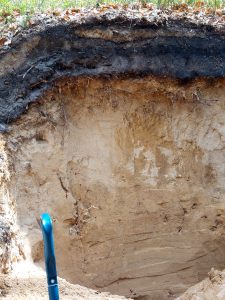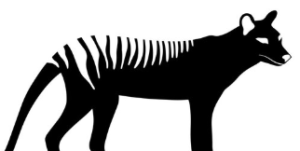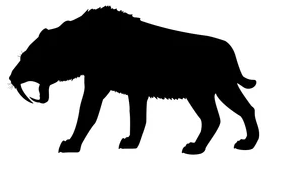Today is already the fourth advent which means Christmas is almost here!
Solution for challenge #3
Soil is all around… https://tu-freiberg.de/en/fakult3/ibf/soil-physics-and-ecohydrology
Today it’s all about an underestimated topic: Soil
This is not just „the dirt on our shoes“ but an essential part of every (terrestrial) ecosystem. It serves as a habitat for organisms. It stores water, carbon and nutrients. And all terrestrial life is growing on soil, making use of it and shaping it too.
Moreover, soil forms the interface between lithosphere (parental rock), biosphere (organisms), hydrosphere (water) and atmosphere (see post of second Sunday in advent); hence it is known as the „critical zone“. Soil develops from bare parental rock, contains more organisms in a handful than people exist on Earth, supplies plants with water and is also a potential sink for CO2. Therefore, this really critical component of our environment should not be „overseen“.

Here at TU Bergakademie Freiberg, especially Jun.-Prof. Dr. Conrad Jackisch and his research group for „Flow and Transport Modelling in the Geosphere – Soil Physics and Ecohydrology“ (→ https://tu-freiberg.de/en/fakult3/ibf/soil-physics-and-ecohydrology) deal with soils. Their main topics are structures in soil and anthropogenic impacts (e.g. Climate Change, land-use change) on it. This includes studies on infiltration, runoff formation, erosion, water availability and the behaviour of soils and soil water in the landscape context. In the lectures on pedology (soil science) and hydrology, students of Geoecology and Geology & Mineralogy learn to understand environmental systems in relation to soil and water.
How long do you think it takes for soils to form? It takes a very long time, at least a few hundred years, in the lower horizons even up to millions of years! The figure seems all the greater when you realise how quickly soil can disappear, whether through erosion or changes in land use. One heavy rainfall event can be enough to simply wash away several metres of soil. Soil management practices in agriculture may play an important role here. The best remedy against erosion is vegetation that covers the soil. Concepts such as intercropping on fields can therefore be very helpful.
Challenge #4
Of course there’s another challenge today: Send us a picture of your best upcycling project or, if you’re not that crafty, leave a comment telling us what you personally do to combat climate change. We’ll contact the winner of the challenges on christmas!¹ You can send us your ideas via the contact form below, via email to fachgruppegoek[at]outlook.de or via Instagram (@fachgruppe_geooekologie).
Wishing you a wonderful fourth advent
Fachgruppe Geoökologie ⛄
¹ The detailed terms & conditions can be found here (German only): https://blogs.hrz.tu-freiberg.de/fachgruppe-geooekologie/teilnahmebedingungen-und-datenschutzhinweis-gewinnspiel-geooekologie-im-advent/







